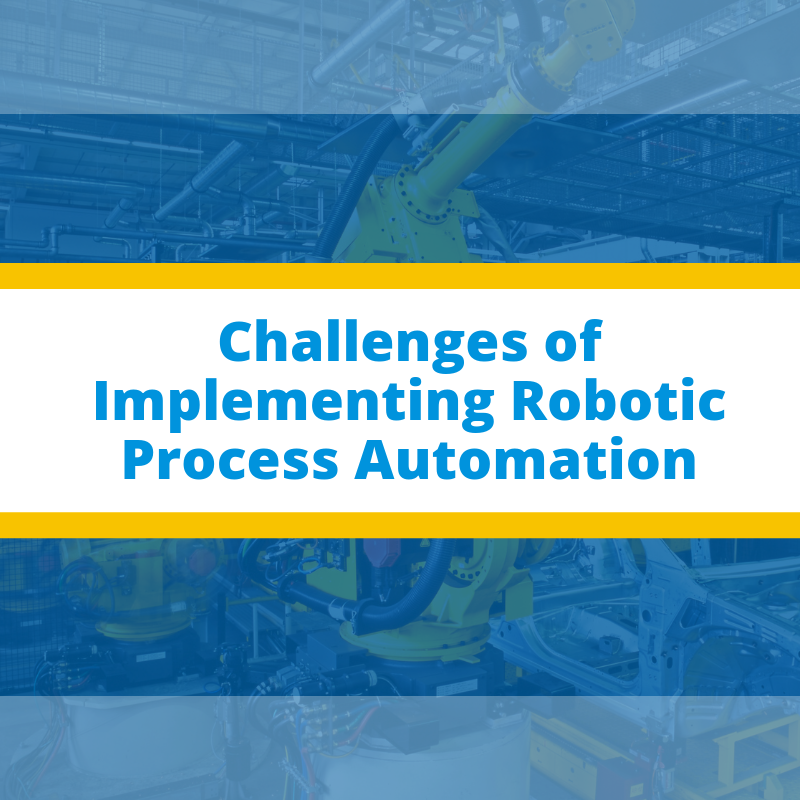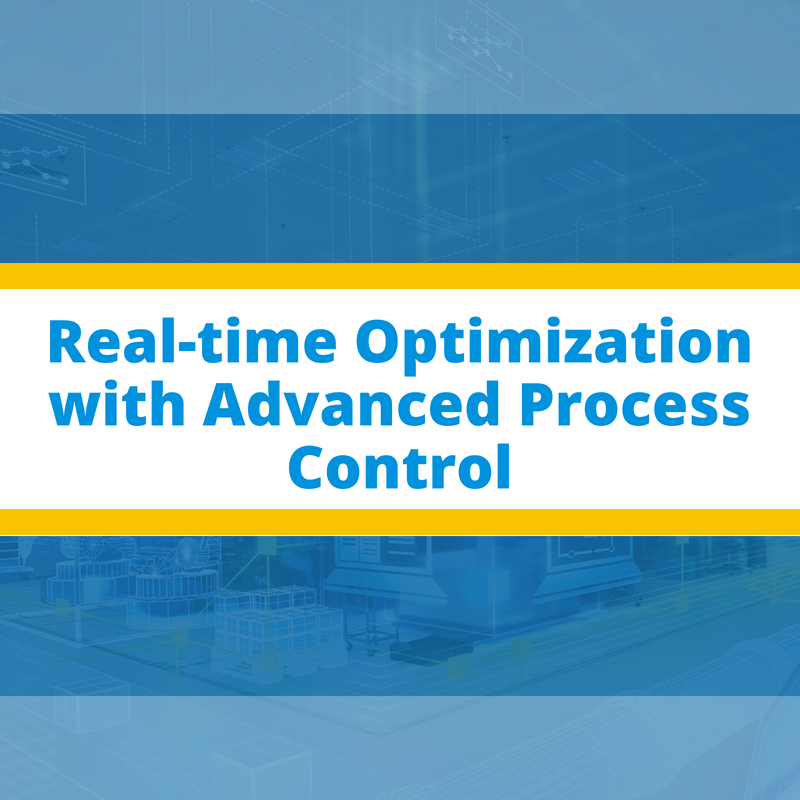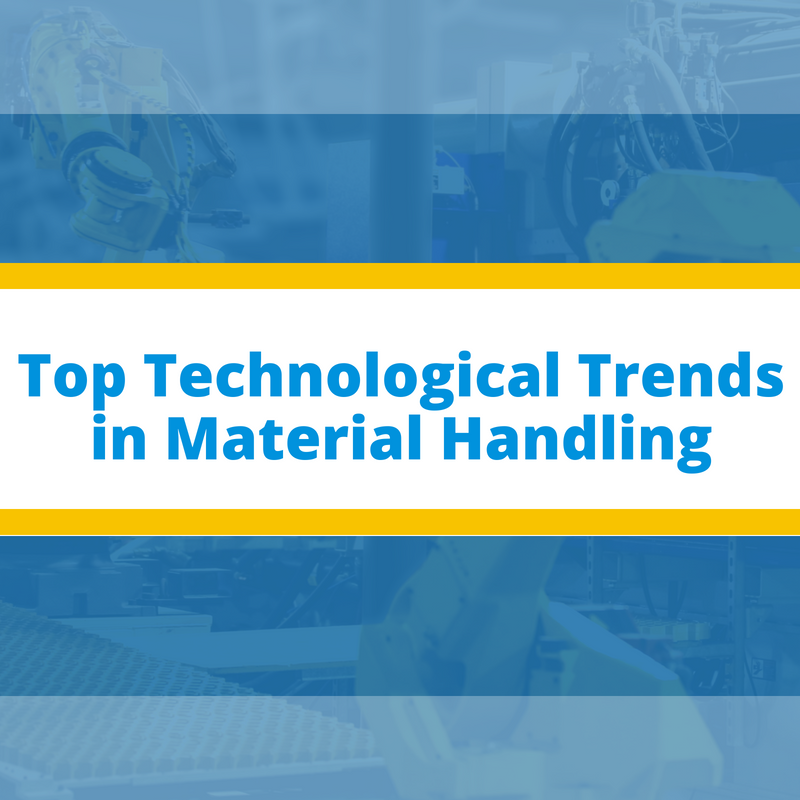Robots aren’t plug & play devices, especially not in an industrial setting. They require considerable prep-work, ranging from the initial design stage, to implementation, to regressive testing & troubleshooting. Things can get even more complicated when you are trying to achieve a great degree of automation through robots that work in conjunction, not just from the technical point of view, but from the financial side as well.
Automation Solutions: Remote Monitoring with Telemetry, Part 1
What is Telemetry?
Telemetry is defined as the sensing and measuring of information at one location and then transmitting that information to a central or host location (PLC / DCS). There, it can be remotely monitored and used to control a process at the remote site.
The basic concept of remote monitoring with telemetry has been in existence for a long time. Radio telemetry provides a classic but versatile wireless method for transmitting information. Telemetry using radio waves or wireless offers several distinct advantages over other transmission methods, from cost benefits to resilience and security.
In Part 1 of this guide, we'll look at the benefits of using telemetry in your automation solutions.
Implementing or integrating an automated quality inspection system can be a daunting task. To justify the cost, the system must be highly accurate, provide analytical insight, and allow the operator to communicate with and control the system. There are three tiers to quality inspection that can help you achieve the most value from an automated system.
The Basics of a Winder
Winding material into a coil is a common automation application with a lot of technology at the core. Winders are used in many industries. The thickness of the material can range from a heavy gauge steel, a thin plastic, standard paper, aluminum foil, to even toilet paper. Pretty much any material that can be coiled up for more economical transport and delivery to the customer is coiled up on a winder. In general, the lower the cost of the material, the faster the rates the manufacturers need to run to produce their product efficiently. Some of these products can be run at many thousands of feet per minute.
Automation Solutions: The Silicon Controlled Rectifier (SCR)
You may have heard of rectifiers before. From charging our cell phones to powering large industrial processes, there are many types of rectifiers used in a variety of applications. While commonly used for DC motors, SCR control technology can be found anywhere from steel mills to power plants.
There are many reasons why lead length between Variable Frequency Drives (VFDs) and motors are excessive. VFDs are sensitive electronic equipment and must be installed in clean and dry environments, forcing long distances between motor control rooms and the motors that they control. Also, some applications such as conveyors often use a single drive to operate multiple motors on the line. The length of the conveyor dictates the longest distance between drive and motor. With these constraints, output load reactors are the best answer in drive solutions to preventing motor failure.
Real-time Optimization with Advanced Process Control
Process control is designed to keep variables within specific boundaries so optimum productivity can be achieved. The primary purpose of process control is to ensure that a process runs at the desired operating conditions, whilst meeting its constraints such as those of safety, environment, and reliability. Process control strategies can be organized into a hierarchy, allowing operators to differentiate vital features from the optional ones.
Previous deburring methods required a lot of time and effort to occur. An operator would unload cut parts from a plasma cutting machine, reload a sheet, and then manually grind the burrs and slagging off any edges. Once the operator finished grinding, the ground parts are retrieved by a material handler and carried away. These steps are repeated over and over, with the next batch of cut parts being unloaded, and going through the hand-grinding process. While the operation may sound coordinated to someone who runs a low-volume establishment, the truth is this kind of work is difficult and prone to issues on a wide scale.
Many of the technologies that are changing the fabric of the society are also entering other sectors such as material handling. Warehouses and distribution centers are now faced with concepts such as Internet of Things, Artificial Intelligence, and Big Data. These concepts can greatly improve the efficiency of the establishment, but they can possess a steep learning curve.
While still new to the industrial world, these concepts are already finding use within industries that will serve as proving grounds for new material handling technologies. The future of warehouse management is dependent on a handful of key technologies that include Big Data and the Internet of Things.
What Industrial Analytics Platforms Offer Manufacturers
Internet of Things has brought several changes to the conventional manufacturing landscapes, one of the major ones being the new wave of data streams due to a wide variety of sensory devices. Industrial Analytics is a concept that sits at the helm of all this, turning raw machine data into information that can be used to drive intelligent operations and processes.












